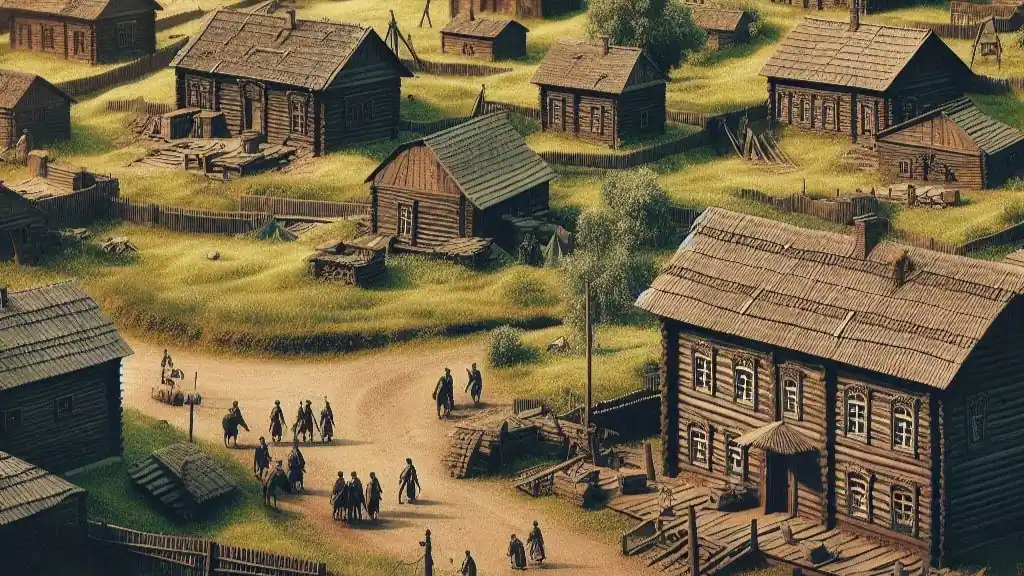The capitals of the Ottoman Empire played an important role in shaping the state throughout history. Sögüt, Bursa, Edirne and Istanbul were not only administrative centers but also centers of cultural and social life. These cities carry the rich heritage of the Ottoman Empire to the present day.
The Ottoman Empire was a state that was founded by Osman Gazi in 1299 and ended in 1922, and spread over vast lands throughout history. During this process, various cities became the capital of the Ottoman Empire at different times. Capitals served as centers of not only administrative centers but also cultural, economic and social life. This article will focus on the capitals of the Ottoman Empire and the historical importance of these cities.

1. Söğüt: The First Capital of the Ottoman Empire
Osman Gazi, the founding leader of the Ottoman Empire, designated Söğüt as the first capital of the state.
- The place where the foundations of the Ottoman Principality were laid
- It has a strategic importance due to its geographical location.
- The area where the first examples of Ottoman culture and management style are exhibited
Söğüt played an important role in the founding of the Ottoman Empire and served as the capital until it was moved to Bursa in the following years.

2. Bursa: The Second Capital
Bursa is known as the second capital of the Ottoman Empire.
- It is the center of economic and cultural development since the foundation of the empire.
- The tombs of the first Ottoman sultans are located here.
- The city has become an important centre for industry and trade.
Bursa becoming the capital was an important milestone in the process of the Ottomans becoming stronger.

3. Edirne: The Third Capital
Edirne became the capital of the Ottoman Empire in 1361.
- Thanks to its strategic location, it has become the gateway to the Balkans.
- Played a critical role in the Ottoman Empire’s expansion towards the West
- It is enriched with various architectural works and mosques.
Edirne was an important centre that consolidated the Ottoman dominance over the Balkans.

4. Istanbul: The Last Capital
Istanbul was conquered by Mehmet the Conqueror in 1453 and became the capital of the Ottoman Empire.
- The city has hosted many civilizations throughout its history.
- It became the cultural, social and economic center of the Ottoman Empire.
- Istanbul has made great progress in the fields of art, architecture and science.
As the longest-serving capital of the Ottoman Empire, Istanbul played an important role in both domestic and foreign policy.

Cultural and Social Impacts of Capitals
The capitals of the Ottoman Empire served not only as administrative centers but also as places where cultural and social life took shape.
- Capitals are enriched with architectural works, mosques, palaces and bridges.
- Cultural events, artistic activities and scientific developments are concentrated here.
- Each capital city has developed its own unique traditions and lifestyles.
This situation played an important role in reflecting the multi-national structure and rich cultural diversity of the Ottoman Empire.
Conclusion
The capitals of the Ottoman Empire played a critical role in the development and expansion of the state. Söğüt, Bursa, Edirne and Istanbul were not only administrative centers but also centers of cultural and social life. These cities constitute an important part of Ottoman history and are still valuable as historical and cultural heritage today. The capitals of the Ottoman Empire, carrying the traces of the past, contribute to the cultural richness of today’s societies.
